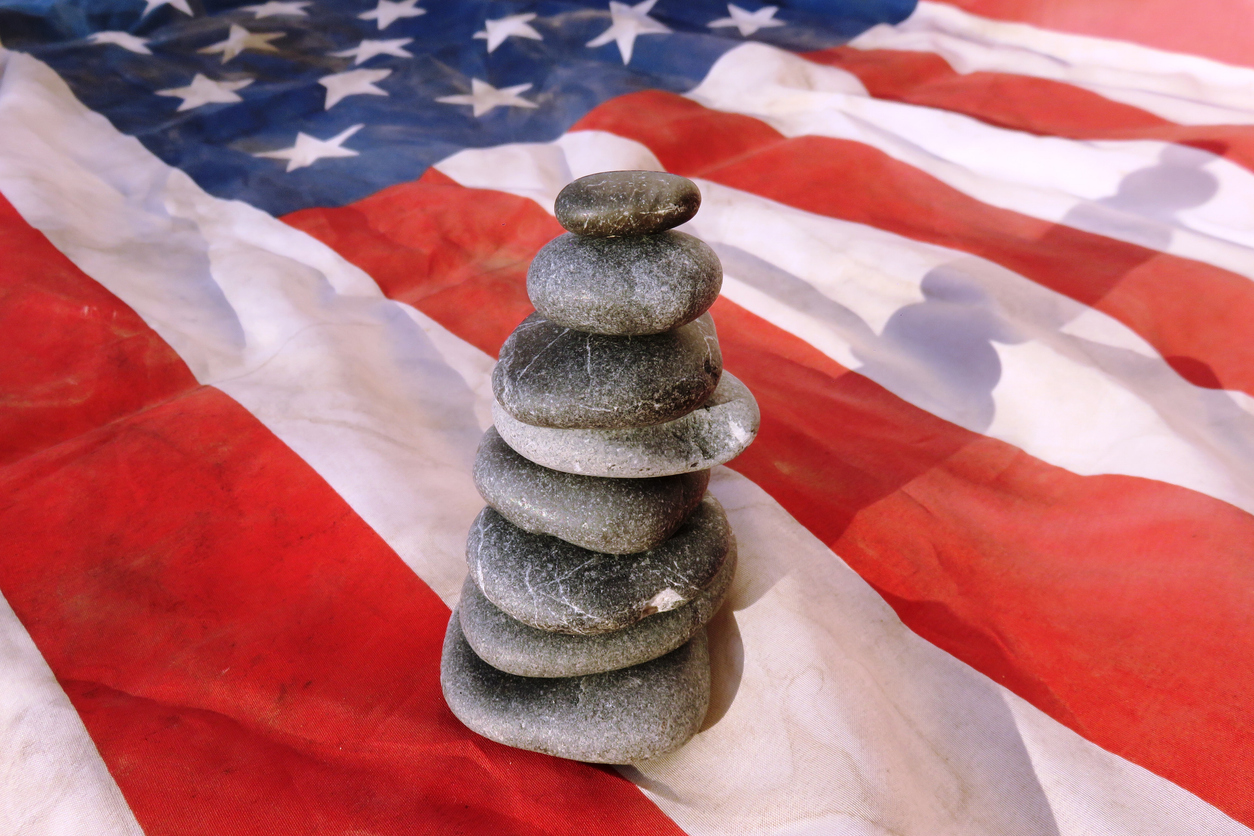Time Period: December 2016
Location: United States, North Dakota (Standing Rock Reservation)
Main Actors: Veterans, Veterans Stand for Standing Rock
Tactics
– Protest
– Non-violent occupation
– Assemblies of protest
The Standing Rock protests began in April of 2016 in response to the building of the Dakota Access Pipeline near the Standing Rock Reservation. Citing concerns over environmental destruction, water contamination, and the desecration of sacred sites, nearby Indigenous groups attempted to stop the pipeline’s construction. Protesters sued for an injunction in court, while setting up camps and active protests outside the construction area. Peaceful protests were met with violence; a mix of police, National Guard, and private security forces used water cannons, tear gas, rubber bullets, pepper spray, batons, and dogs to repress protesters.
Witnessing the violence against peaceful protesters, and wanting to use their experience and social capital, veterans organized a campaign to protect protesters from violence. Describing her reasons for participating, veteran Danielle Bradley stated, “I couldn’t take the mistreatment of the protesters and sit at home and do nothing about it… we came out to show that we will defend the people of this country, even when our obligation on paper has ended.” Coast Guard veteran Asleigh Jennifer Parker stated their intentions to help protesters: “We want to offer them a moment of peace and, if we can, take a little bit of pressure off.”
The group “Veterans Stand for Standing Rock” crowdfunded a campaign which raised over $500,000 to purchase supplies and other aid resources. Veterans Stand for Standing Rock, alongside other unaffiliated veterans, showed up at Standing Rock around December 1st, 2016. Over 2,000 veterans arrived, with another 1,000 in waiting (the camp could not accommodate everyone). From the onset, veterans ceded leadership to tribal leaders, recognizing that as new members to the movement, they were best suited to a support role. When asked to ensure their presence was peaceful, veterans shed their “battle gear”, deciding they did not want to appear as aggressors dressed similarly to the militarized security forces.
On the day of protest, veterans arrived at the front lines and helped with setup. Veterans built shelters, maintained fires for warmth, and protected the perimeter of the camp. They placed themselves physically between security forces and the other protesters. The presence of veterans was a success. As described by former Marine Tom Petersen, “The police started backing down. In the face of such an impressive veteran presence, law enforcement vehicles began leaving. Then, a little after 4 p.m., an announcement came over the speakers. The Department of the Army halted the project.” While the Department of the Army’s hold would not remain indefinitely, the pause allowed protesters space to rest and reorganize.
Activists can learn much from the efforts of veterans at Standing Rock. Most importantly is that diverse groups strengthen movements. Inclusion of veterans in the resistance space afforded Standing Rock protesters with unique skills and greater public exposure. Due to their combat experiences, veterans were willing to stand up to militarized security forces, especially in defense of other protesters. Additionally, veterans wield high levels of respect from the public. This fact deterred security forces from their “usual” repression, as they knew engagement would incur higher costs.
Veterans at Standing Rock also catalyzed success through their desire to work with Indigenous leaders. The willingness to accept tribal leadership directive and commit wholly to peace was a major factor in their success: veterans deterred security forces and aided Indigenous protesters in a supportive and deferential manner. Following direction eased concerns regarding a large influx of newcomers. This is important as coalition building can lead to tensions between different factions. Clear communication of goals and observation of already established leadership ameliorated tension. Additionally, the dedication to nonviolence meant veterans did not (purposely or not) encourage violence and place others in danger. As a movement, the Indigenous protesters felt it important to convey a message of nonviolent resistance, and veterans obliged this wholeheartedly.
Where to Learn More
– Standing Down, Standing Together: Coalition-Building at Standing Rock
– Why I Joined My Fellow Vets at Standing Rock This Weekend
– 2,000 veterans to give protesters a break at Standing Rock
– Thousands of Veterans Descend on Standing Rock to Protect and Serve
– Veterans Stand for Standing Rock: “We Will Never Stop Protecting”
– Veterans to Serve as ‘Human Shields’ for Dakota Pipeline Protesters
You can access all the caselets from the Pillars of Support Project here.

